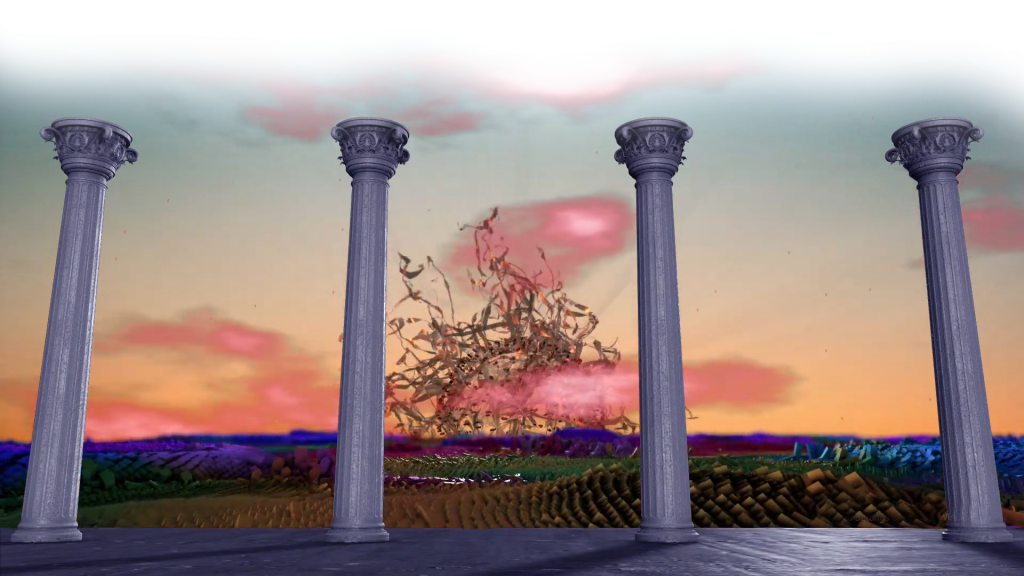Music visualization, the art of creating visual representations of music, has a long and rich history that has evolved significantly over time. From early experiments with light and color to the sophisticated visualizations we see today, music visualization has become an essential element of the modern music industry. In this blog post, we’ll explore the history of music visualization and its evolution over time.
Early Experiments with Light and Color
The history of music visualization can be traced back to the 18th century. People used to create visual effects through colored lights and simple projections to complement music performances and create a sense of spectacle.
One notable example of early music visualization is the work of the German composer and musician Georg Philipp Telemann, who experimented with light and color in his musical performances. In the early 1700s, Telemann staged a performance of his opera “Orpheus” that featured elaborate lighting effects, including the use of colored gels to create different moods and atmospheres.
The Advent of Music Videos
Fast forward to the 20th century, and music visualization took on a new form with the advent of music videos. In the 1970s and 1980s, music videos became an essential part of the music industry, with artists using visuals to enhance their music and create a sense of storytelling.
One of the most influential music videos of this era was Michael Jackson’s “Thriller,” which featured elaborate choreography, special effects, and makeup to create a cinematic experience that complemented the song. The success of “Thriller” and other groundbreaking music videos paved the way for the use of visuals in music, as artists and filmmakers explored new ways to tell stories through a combination of music and visuals.
The Rise of Digital Visualization
In the 1990s and 2000s, music visualization took on a new dimension with the rise of digital technology. Artists began to use computer-generated graphics, animation, and other digital effects to create immersive visual experiences that complemented their music.
One notable example of this trend is the music visualization software MilkDrop, which was created in the late 1990s and became popular among DJs and music producers. MilkDrop uses complex algorithms to make real-time visualizations synchronized with the music, allowing artists to create stunning visual effects that respond to changes in the music’s tempo and rhythm.
Today, music visualization continues to evolve with technological advances and new creative approaches. From virtual reality experiences to immersive installations, artists and designers are finding new ways to push the boundaries of music visualization and create unforgettable experiences for audiences around the world.
Conclusion
Music visualization has a long and fascinating history that has evolved significantly over time. From early experiments with light and color to the rise of digital technology, music visualization has become an essential part of the modern music industry. As technology advances and new creative approaches are explored, we can expect music visualization to continue to evolve and captivate audiences for years to come.
Find some of the most technologically advanced music animations here.

